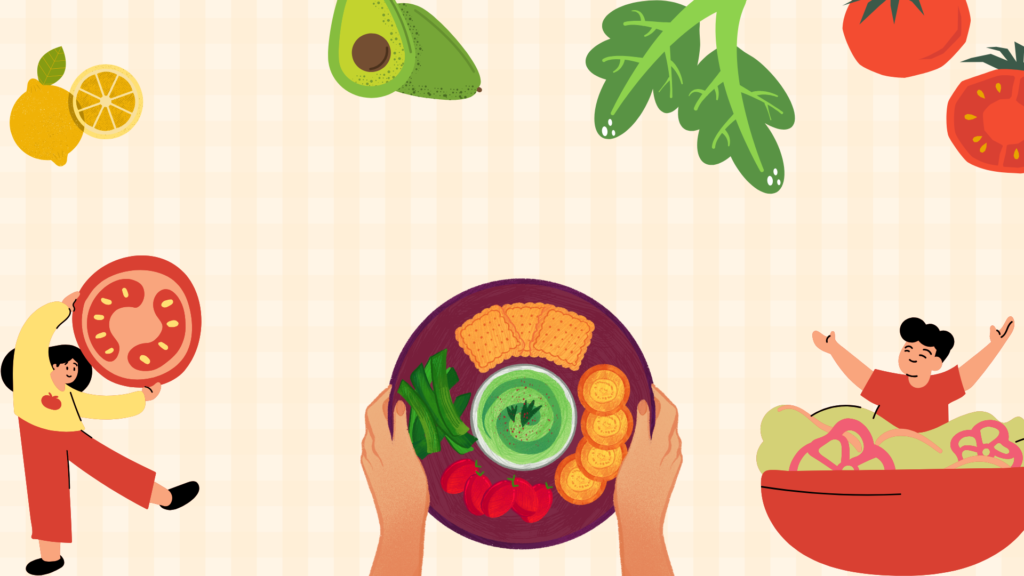|
Getting your Trinity Audio player ready...
|
As a parent or caregiver, you play a crucial role in helping your child develop essential food skills and healthy eating habits. You can also foster positive attitudes toward food and mealtime. Healthy eating isn’t just about the food itself—it’s also about how we approach eating.
During meals and snacks, you and your child have distinct roles. Your responsibility is to decide what foods to offer, when to serve them, and where. Your child’s role is to decide whether to eat and how much to eat from the options provided. Respecting these roles helps your child learn healthy eating habits and makes mealtimes more enjoyable.
What Foods Should I Offer My Child?
Introduce nutritious foods early to help your child build lifelong healthy habits. Provide a variety of flavors and textures, including:
- Vegetables and fruits: Fresh, frozen, or canned options.
- Whole grains: Such as whole grain pasta, bread, oats, barley, and quinoa.
- Protein-rich foods: Like beans, peas, lentils, nut and seed butters, tofu, meat, fish, poultry, eggs, and dairy products.
What Should I Offer My Child to Drink?
Offer healthy beverages like breastmilk, plain whole cow’s milk, and water. After age 2, you can introduce skim, 1%, or 2% milk and plain fortified soy beverages. Other plant-based drinks, such as almond or oat milk, often have less protein and energy than soy, so only offer them if your child is over 2 and gets enough protein and energy from other foods.
Serve milk or fortified soy beverages only during meals and snacks, not in between, to help your child come to the table hungry. Limit milk to no more than 3 cups (750 mL) per day and offer water between meals and snacks. Avoid sugary drinks like fruit juice, flavored drinks, chocolate milk, or soda. Instead, provide unsweetened options to help your child develop a taste for healthy drinks like water and plain milk.
How Much Food Does My Child Need?
Every child is unique, and their food needs depend on factors like age, activity level, growth rate, and appetite. It’s normal for your child to eat more on some days and less on others. Appetite can vary based on mood, health, time of day, and the foods offered. Trust your child to decide whether to eat and how much.
Offer 3 small meals and 2–3 snacks daily, spaced 2–3 hours apart. Try to serve meals and snacks at consistent times. Children who graze throughout the day may struggle to recognize hunger and fullness cues, making it harder for them to trust their appetite.
How Can I Help My Child Eat Well?
- Eat Together: Be a role model by sitting and eating with your child. They learn about food and eating by watching you, and mealtime is a great opportunity to connect.
- Introduce New Foods: Pair new foods with familiar ones. It’s normal for young children to want the same foods repeatedly. Be patient—they may need to see, smell, or touch a food multiple times before trying it, and may need to taste it several times before eating it.
- Serve Foods Differently: Offer the same food in various ways. For example, vegetables can be raw, roasted, blended into soups or smoothies, or added to pasta sauces. If your child prefers a certain preparation, try other vegetables prepared the same way.
- Let Your Child Self-Feed: Allowing your child to feed themselves helps them learn by touching, smelling, tasting, and exploring food. Messes are part of the learning process.
- Minimize Distractions: Turn off TVs, phones, and other devices during meals. This helps your child focus on eating and recognize when they’re full.
- Avoid Pressure: Don’t pressure your child to eat, whether through negative tactics (like punishment or shaming) or positive ones (like bribing or praising). Pressure can lead to overeating, undereating, or an unhealthy relationship with food.
- Involve Your Child in Cooking: Teach food skills early. Even toddlers can help count ingredients, wash fruits and vegetables, or add items to a bowl.
What If My Child Refuses to Eat?
If your child refuses a meal, don’t prepare a different one. This won’t teach them healthy eating habits. Instead, plan meals to include at least one food your child likes. If they choose to eat only that food, it’s okay. If they don’t eat at all, wait until the next meal or snack to offer food again.
By following these guidelines, you can help your child develop a positive relationship with food and build healthy eating habits that last a lifetime.



